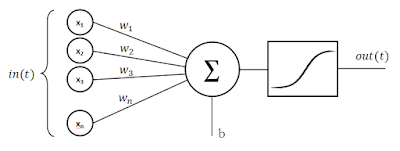Summary of work done during GSoC
GSoC17 is at the end and I want to thank my mentors and the Octave community for giving me the opportunity to participate in this unique experience. During this Google Summer of Code, my goal was to implement from scratch the Convolutional Neural Networks package for GNU Octave. It will be integrated with the already existing nnet package. This was a very interesting project and a stimulating experience for both the implemented code and the theoretical base behind the algorithms treated. A part has been implemented in Octave and an other part in Python using the Tensorflow API. Code repository All the code implemented during these months can be found in my public repository: https://bitbucket.org/cittiberto/gsoc-octave-nnet/commits/all (my username: citti berto , bookmark enrico ) Since I implemented a completely new part of the package, I pushed the entire project in three commits and I wait for the community approving for preparing a PR for the ...


